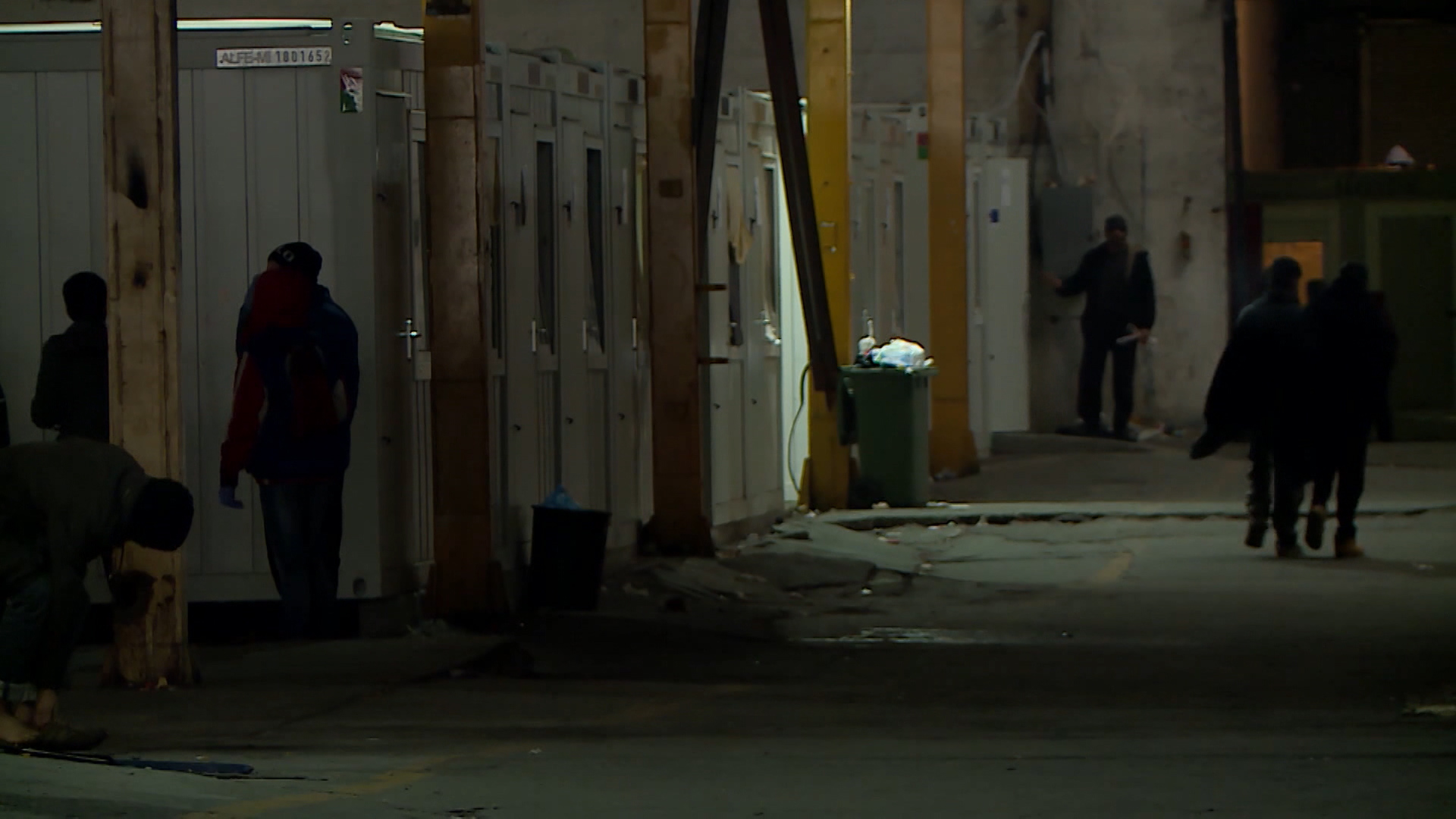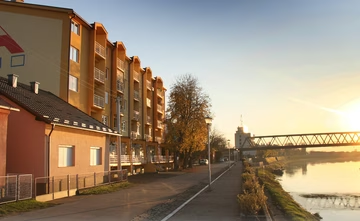Bihac's Bira migrant centre excedes capacity

Una-Sana Canton’s police warned they would disband Bihac migrant centres and transfer the migrants to Sarajevo unless the State Security Ministry takes care of them by the end of next week.
Oglas
Even though it was intended for 1,500 persons at most, the Bira migrant centre in Bihac surpassed its capacity a long time ago. The International Organisation for Migration (IOM) is struggling to cope with them.
The centre resembles a small town of some 2,500 residents and tents covering a total of 15,000 square metres.
In spite of being dissatisfied with the food quality, no migrant misses a single lunch. The biggest migrant community is that from Pakistan, with some 1,200 of them. Then come Iranians, Afghans, etc. they even formed a negotiating council to negotiate better conditions with the IOM.
Oglas
Even though they have a roof over their heads, food and running water, they d not plan on staying here for long. The authorities were barely able to stop a recent fight which broke out between two groups of migrants. The reason was jealousy. Why do some sleep in shipping containers, while others have to sleep in tents!?
“Fights happen. We’re young, we have our problems, we fight, but it’s not a big problem. We have enough guards who stop the fights. But I won’t stay here for long. I’m a mechanical engineer, and there’s no work for me here. I’m going to find a better place to live,” a migrant from Nigeria told N1.
Employees of the improvised health care centre are also strained. There are too many demands for help and migrants complain of inadequate health care conditions.
“Healthcare is just as big a challenge as security. Our partners in the field are the Danish Refugee Council who are working with the Healthcare Ministry and Bihac doctors in the field for six days a week, seven hours a day, which is a lot more than in other centres where doctors work in four-hour shifts,” Vladimir Mitkovski from the IOM said.
Oglas
Social workers and psychologists all work in shifts here. Because of the migrants’ mental health, Bira migrant centre needs to have a socialisation area, and later an integration space, so they would integrate into the local population more easily. Bot, between making room for beds and making food, there is little time for non-essential demands.
Kakvo je tvoje mišljenje o ovome?
Učestvuj u diskusiji ili pročitaj komentare
Oglas
Kakvo je tvoje mišljenje o ovome?
Učestvuj u diskusiji ili pročitaj komentare
Oglas





 Srbija
Srbija
 Hrvatska
Hrvatska
 Slovenija
Slovenija



























































